-
EXECUTIVE SUMMARY
-
Market Attractiveness Analysis
- Global Dark Fiber Market, By Fiber Type
- Global Dark Fiber Market, ByNetwork Type
- GlobalDark Fiber Market, By Application
- GlobalDark Fiber Market, By Region
-
MARKET INTRODUCTION
-
Definition
-
Scope of the Study
-
Market Structure
-
RESEARCH METHODOLOGY
-
Research Process
-
Primary Research
-
Secondary Research
-
Market Size Estimation
-
List of Assumptions
-
MARKET DYNAMICS
-
Introduction
-
Drivers
- Rising demand for high-speed connectivity
- Increase in focus on outsourcing of network infrastructure
- Rapidly expanding telecom industry
-
Restraint
- Risk associated with physical damage of fiber
-
Opportunity
- Surging demand for internet across the globe
-
Challenge
- Difficult to find the physical damage of fiber
-
Impact of COVID-19
- Impact on component manufacturers
- Impact on IT industry
- Impact on Telecom industry
-
MARKET FACTOR ANALYSIS
-
Value Chain Analysis/Supply Chain Analysis
-
Porter’s Five Forces Model
- Bargaining Power of Suppliers
- Bargaining Power of Buyers
- Threat of New Entrants
- Threat of Substitutes
- Intensity of Rivalry
-
GLOBALDARK FIBER MARKET, BY FIBER TYPE
-
Introduction
-
Single Mode
-
Multi Mode
-
GLOBALDARK FIBER MARKET, BY NETWORK TYPE
-
Introduction
-
Metro
-
Long-haul
-
GLOBAL DARK FIBER MARKET, BY APPLICATION
-
Introduction
-
BFSI
-
IT & Telecom
-
Oil & Gas
-
Military & Aerospace
-
Healthcare
-
Government
-
Others
-
GLOBALDARK FIBER MARKET, BY REGION
-
Overview
-
North America
- Market Size & Estimates, by Country, 2018–2026
- Market Size & Estimates, by Fiber Type, 2018–2026
- Market Size & Estimates, by Network Type, 2018–2026
- Market Size & Estimates, by Application, 2018–2026
- US
- Canada
- Mexico
-
Europe
- Market Size & Estimates, by Country, 2018–2026
- Market Size & Estimates, by Fiber Type, 2018–2026
- Market Size & Estimates, by Network Type, 2018–2026
- Market Size & Estimates, by Application, 2018–2026
- Germany
- UK
- France
- Rest of Europe
-
Asia Pacific
- Market Size & Estimates, by Country, 2018–2026
- Market Size & Estimates, by Fiber Type, 2018–2026
- Market Size & Estimates, by Network Type, 2018–2026
- Market Size & Estimates, by Application, 2018–2026
- China
- Japan
- India
- Rest of Asia-Pacific
-
Middle East & Africa
- Market Size & Estimates, by Fiber Type, 2018–2026
- Market Size & Estimates, by Network Type, 2018–2026
- Market Size & Estimates, by Application, 2018–2026
-
South America
- Market Size & Estimates, by Fiber Type, 2018–2026
- Market Size & Estimates, by Network Type, 2018–2026
- Market Size & Estimates, by Application, 2018–2026
-
COMPETITIVE LANDSCAPE
-
Introduction
-
KeyPlayersMarket Share Analysis, 2019 (%)
-
Competitive Benchmarking
-
Competitor Dashboard
-
Major Growth Strategy in the market
-
Key Developments & Growth Strategies
- New Product Development
- Mergers & Acquisitions
- Contracts & Agreements
-
COMPANY PROFILES
-
GTT Communications, Inc. (US)
- Company Overview
- Financial Overview
- Products/Fiber Types/Solutions Offered
- Key Developments
- SWOT Analysis
- Key Strategies
-
UFINET (Guatemala)
- Company Overview
- Financial Overview
- Products/Fiber Types/Solutions Offered
- Key Developments
- SWOT Analysis
- Key Strategies
-
Vikram Group (India)
- Company Overview
- Financial Overview
- Products/Fiber Types/Solutions Offered
- Key Developments
- SWOT Analysis
- Key Strategies
-
DEPL (India)
- Company Overview
- Financial Overview
- Products/Fiber Types/Solutions Offered
- Key Developments
- SWOT Analysis
- Key Strategies
-
Landmark Dividend LLC. (US)
- Company Overview
- Financial Overview
- Products/Fiber Types/Solutions Offered
- Key Developments
- SWOT Analysis
- Key Strategies
-
Unite Private Networks (US)
- Company Overview
- Financial Overview
- Products/Fiber Types/Solutions Offered
- Key Developments
- SWOT Analysis
- Key Strategies
-
Sterlite Power (India)
- Company Overview
- Financial Overview
- Products/Fiber Types/Solutions Offered
- Key Developments
- SWOT Analysis
- Key Strategies
-
Colt Technology Services Group Limited (UK)
- Company Overview
- Financial Overview
- Products/Fiber Types/Solutions Offered
- Key Developments
- SWOT Analysis
- Key Strategies
-
Consolidated Communications (US)
- Company Overview
- Financial Overview
- Products/Fiber Types/Solutions Offered
- Key Developments
- SWOT Analysis
- Key Strategies
-
Crown Castle (US)
- Company Overview
- Financial Overview
- Products/Fiber Types/Solutions Offered
- Key Developments
- SWOT Analysis
- Key Strategies
-
NexGen Networks (US)
- Company Overview
- Financial Overview
- Products/Fiber Types/Solutions Offered
- Key Developments
- SWOT Analysis
- Key Strategies
-
Sorrento Networks (US)
- Company Overview
- Financial Overview
- Products/Fiber Types/Solutions Offered
- Key Developments
- SWOT Analysis
- Key Strategies
-
FirstLight (US)
- Company Overview
- Financial Overview
- Products/Fiber Types/Solutions Offered
- Key Developments
- SWOT Analysis
- Key Strategies
-
Microscan (India)
- Company Overview
- Financial Overview
- Products/Fiber Types/Solutions Offered
- Key Developments
- SWOT Analysis
- Key Strategies
-
Windstream Intellectual Property Services, LLC. (US)
- Company Overview
- Financial Overview
- Products/Fiber Types/Solutions Offered
- Key Developments
- SWOT Analysis
- Key Strategies
-
LIST OF TABLES
-
LIST OF ASSUMPTIONS
-
GLOBAL DARK FIBERMARKET, BY FIBER TYPE, 2018–2026 (USD MILLION)
-
GLOBAL DARK FIBERMARKET, BY NETWORK TYPE, 2018–2026 (USD MILLION)
-
GLOBAL DARK FIBERMARKET, BY APPLICATION, 2018–2026 (USD MILLION)
-
GLOBAL DARK FIBERMARKET, BY REGION, 2018–2026 (USD MILLION)
-
NORTH AMERICA: DARK FIBERMARKET, BY COUNTRY, 2018–2026 (USD MILLION)
-
NORTH AMERICA: DARK FIBERMARKET, BY FIBER TYPE, 2018–2026 (USD MILLION)
-
NORTH AMERICA: DARK FIBERMARKET, BY NETWORK TYPE, 2018–2026 (USD MILLION)
-
NORTH AMERICA: DARK FIBERMARKET, BY APPLICATION, 2018–2026 (USD MILLION)
-
US: DARK FIBERMARKET, BY FIBER TYPE, 2018–2026 (USD MILLION)
-
US: DARK FIBERMARKET, BY NETWORK TYPE, 2018–2026 (USD MILLION)
-
US: DARK FIBERMARKET, BY APPLICATION, 2018–2026 (USD MILLION)
-
CANADA: DARK FIBERMARKET, BY FIBER TYPE, 2018–2026 (USD MILLION)
-
CANADA: DARK FIBERMARKET, BY NETWORK TYPE, 2018–2026 (USD MILLION)
-
CANADA: DARK FIBERMARKET, BY APPLICATION, 2018–2026 (USD MILLION)
-
MEXICO: DARK FIBER MARKET, BY FIBER TYPE, 2018–2026 (USD MILLION)
-
MEXICO: DARK FIBER MARKET, BY NETWORK TYPE, 2018–2026 (USD MILLION)
-
MEXICO: DARK FIBER MARKET, BY APPLICATION, 2018–2026 (USD MILLION)
-
EUROPE: DARK FIBER MARKET, BY COUNTRY, 2018–2026 (USD MILLION)
-
EUROPE: DARK FIBER MARKET, BY FIBER TYPE, 2018–2026 (USD MILLION)
-
EUROPE: DARK FIBER MARKET, BY NETWORK TYPE, 2018–2026 (USD MILLION)
-
EUROPE: DARK FIBER MARKET, BY APPLICATION, 2018–2026 (USD MILLION)
-
UK: DARK FIBER MARKET, BY FIBER TYPE, 2018–2026 (USD MILLION)
-
UK: DARK FIBER MARKET, BY NETWORK TYPE, 2018–2026 (USD MILLION)
-
UK: DARK FIBER MARKET, BY APPLICATION, 2018–2026 (USD MILLION)
-
GERMANY: DARK FIBER MARKET, BY FIBER TYPE, 2018–2026 (USD MILLION)
-
GERMANY: DARK FIBER MARKET, BY NETWORK TYPE, 2018–2026 (USD MILLION)
-
GERMANY: DARK FIBER MARKET, BY APPLICATION, 2018–2026 (USD MILLION)
-
FRANCE: DARK FIBER MARKET, BY FIBER TYPE, 2018–2026 (USD MILLION)
-
FRANCE: DARK FIBER MARKET, BY NETWORK TYPE, 2018–2026 (USD MILLION)
-
FRANCE: DARK FIBER MARKET, BY APPLICATION, 2018–2026 (USD MILLION)
-
REST OF EUROPE: DARK FIBER MARKET, BY FIBER TYPE, 2018–2026 (USD MILLION)
-
REST OF EUROPE: DARK FIBER MARKET, BY NETWORK TYPE, 2018–2026 (USD MILLION)
-
REST OF EUROPE: DARK FIBER MARKET, BY APPLICATION, 2018–2026 (USD MILLION)
-
ASIA-PACIFIC: DARK FIBER MARKET, BY COUNTRY, 2018–2026 (USD MILLION)
-
ASIA-PACIFIC: DARK FIBER MARKET, BY FIBER TYPE, 2018–2026 (USD MILLION)
-
ASIA-PACIFIC: DARK FIBER MARKET, BY NETWORK TYPE, 2018–2026 (USD MILLION)
-
ASIA-PACIFIC: DARK FIBER MARKET, BY APPLICATION, 2018–2026 (USD MILLION)
-
CHINA: DARK FIBER MARKET, BY FIBER TYPE, 2018–2026 (USD MILLION)
-
CHINA: DARK FIBER MARKET, BY NETWORK TYPE, 2018–2026 (USD MILLION)
-
CHINA: DARK FIBER MARKET, BY APPLICATION, 2018–2026 (USD MILLION)
-
INDIA: DARK FIBER MARKET, BY FIBER TYPE, 2018–2026 (USD MILLION)
-
INDIA: DARK FIBER MARKET, BY NETWORK TYPE, 2018–2026 (USD MILLION)
-
INDIA: DARK FIBER MARKET, BY APPLICATION, 2018–2026 (USD MILLION)
-
JAPAN: DARK FIBER MARKET, BY FIBER TYPE, 2018–2026 (USD MILLION)
-
JAPAN: DARK FIBER MARKET, BY NETWORK TYPE, 2018–2026 (USD MILLION)
-
JAPAN: DARK FIBER MARKET, BY APPLICATION, 2018–2026 (USD MILLION)
-
REST OF ASIA-PACIFIC: DARK FIBER MARKET, BY FIBER TYPE, 2018–2026 (USD MILLION)
-
REST OF ASIA-PACIFIC: DARK FIBER MARKET, BY NETWORK TYPE, 2018–2026 (USD MILLION)
-
REST OF ASIA-PACIFIC: DARK FIBER MARKET, BY APPLICATION, 2018–2026 (USD MILLION)
-
MIDDLE EAST AND AFRICA: DARK FIBER MARKET, BY FIBER TYPE, 2018–2026 (USD MILLION)
-
MIDDLE EAST AND AFRICA: DARK FIBER MARKET, BY NETWORK TYPE, 2018–2026 (USD MILLION)
-
MIDDLE EAST AND AFRICA: DARK FIBER MARKET, BY APPLICATION, 2018–2026 (USD MILLION)
-
SOUTH AMERICA: DARK FIBER MARKET, BY FIBER TYPE, 2018–2026 (USD MILLION)
-
SOUTH AMERICA: DARK FIBER MARKET, BY NETWORK TYPE, 2018–2026 (USD MILLION)
-
SOUTH AMERICA: DARK FIBER MARKET, BY APPLICATION, 2018–2026 (USD MILLION)
-
-
-
LIST OF FIGURES
-
MARKET SYNOPSIS
-
RESEARCH PROCESS OF MRFR
-
TOP DOWN & BOTTOM-UP APPROACH
-
GLOBAL DARK FIBER MARKET, BY FIBER TYPE, 2018–2026 (USD MILLION)
-
GLOBAL DARK FIBER MARKET, BY NETWORK TYPE, 2018–2026 (USD MILLION)
-
GLOBAL DARK FIBER MARKET, BY APPLICATION, 2018–2026 (USD MILLION)
-
GLOBAL DARK FIBER MARKET, BY REGION, 2018&2026 (USD MILLION)
-
NORTH AMERICA: DARK FIBER MARKET, BY COUNTRY, 2018–2026 (USD MILLION)
-
NORTH AMERICA: DARK FIBER MARKET, BY FIBER TYPE, 2018–2026 (USD MILLION)
-
NORTH AMERICA: DARK FIBER MARKET, BY NETWORK TYPE, 2018–2026 (USD MILLION)
-
NORTH AMERICA: DARK FIBER MARKET, BY APPLICATION, 2018–2026 (USD MILLION)
-
EUROPE: DARK FIBER MARKET, BY COUNTRY, 2018–2026 (USD MILLION)
-
EUROPE: DARK FIBER MARKET, BY FIBER TYPE, 2018–2026 (USD MILLION)
-
EUROPE: DARK FIBER MARKET, BY NETWORK TYPE, 2018–2026 (USD MILLION)
-
EUROPE: DARK FIBER MARKET, BY APPLICATION, 2018–2026 (USD MILLION)
-
ASIA-PACIFIC: DARK FIBER MARKET, BY COUNTRY, 2018–2026 (USD MILLION)
-
ASIA-PACIFIC: DARK FIBER MARKET, BY FIBER TYPE, 2018–2026 (USD MILLION)
-
ASIA-PACIFIC: DARK FIBER MARKET, BY NETWORK TYPE, 2018–2026 (USD MILLION)
-
ASIA-PACIFIC: DARK FIBER MARKET, BY APPLICATION, 2018–2026 (USD MILLION)
-
MIDDLE EAST AND AFRICA: DARK FIBER MARKET, BY FIBER TYPE, 2018–2026 (USD MILLION)
-
MIDDLE EAST AND AFRICA: DARK FIBER MARKET, BY NETWORK TYPE, 2018–2026 (USD MILLION)
-
MIDDLE EAST AND AFRICA: DARK FIBER MARKET, BY APPLICATION, 2018–2026 (USD MILLION)
-
SOUTH AMERICA: DARK FIBER MARKET, BY FIBER TYPE, 2018–2026 (USD MILLION)
-
SOUTH AMERICA: DARK FIBER MARKET, BY NETWORK TYPE, 2018–2026 (USD MILLION)
-
SOUTH AMERICA: DARK FIBER MARKET, BY APPLICATION, 2018–2026 (USD MILLION)

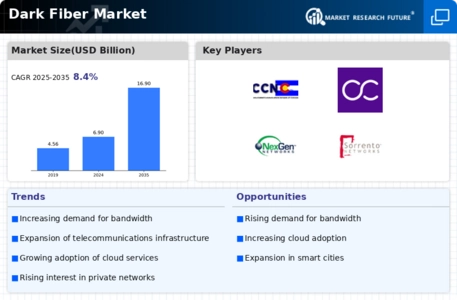
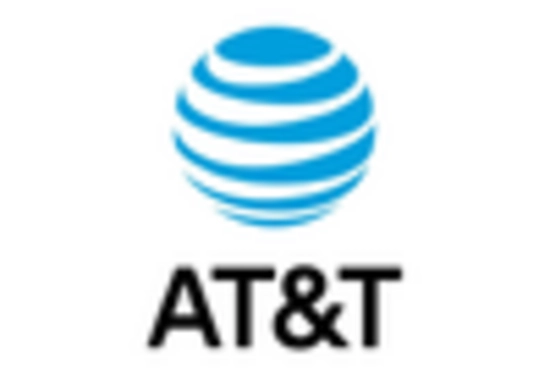
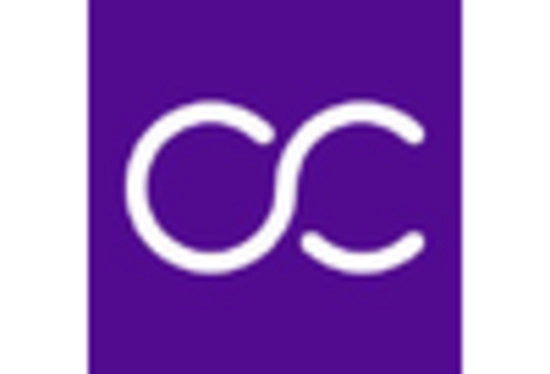

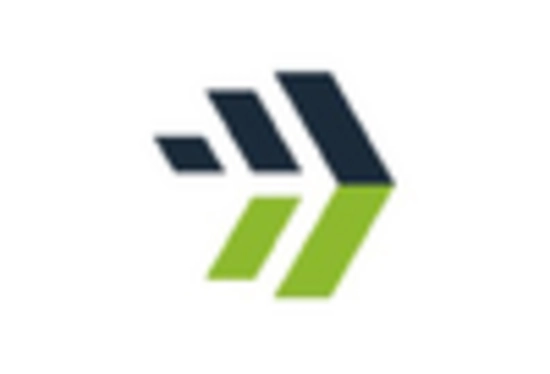
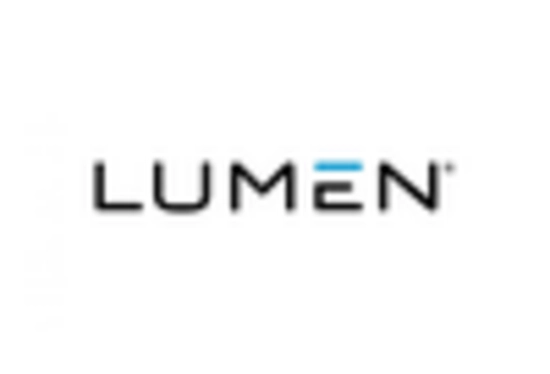
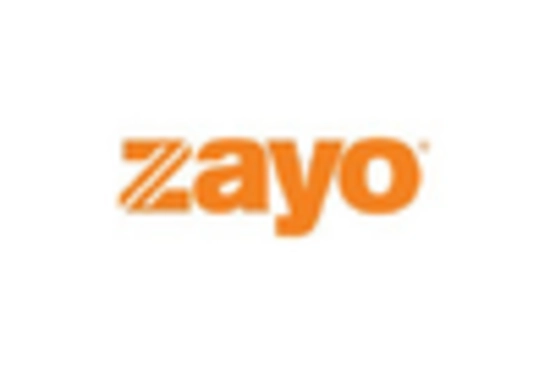

Leave a Comment